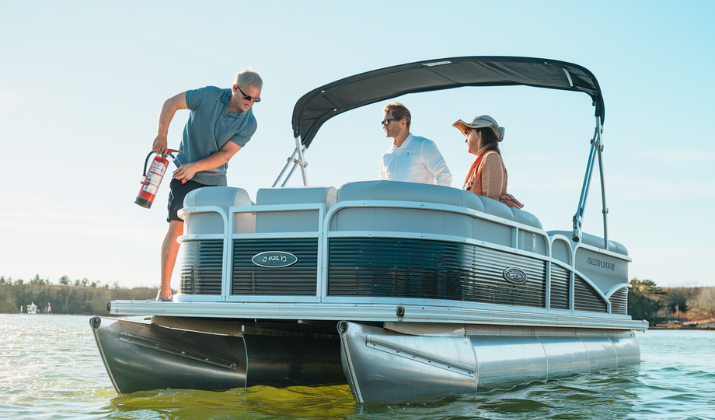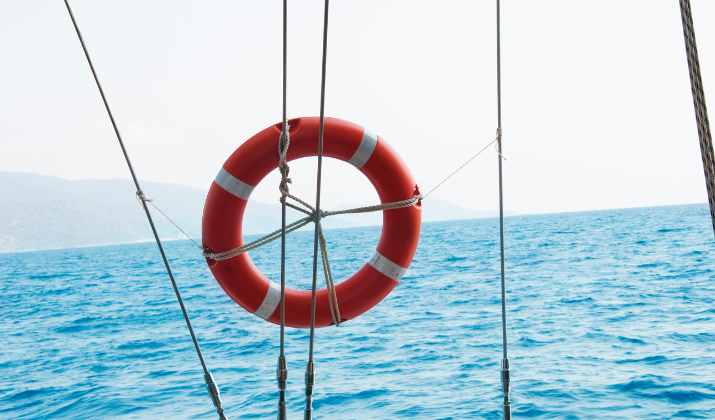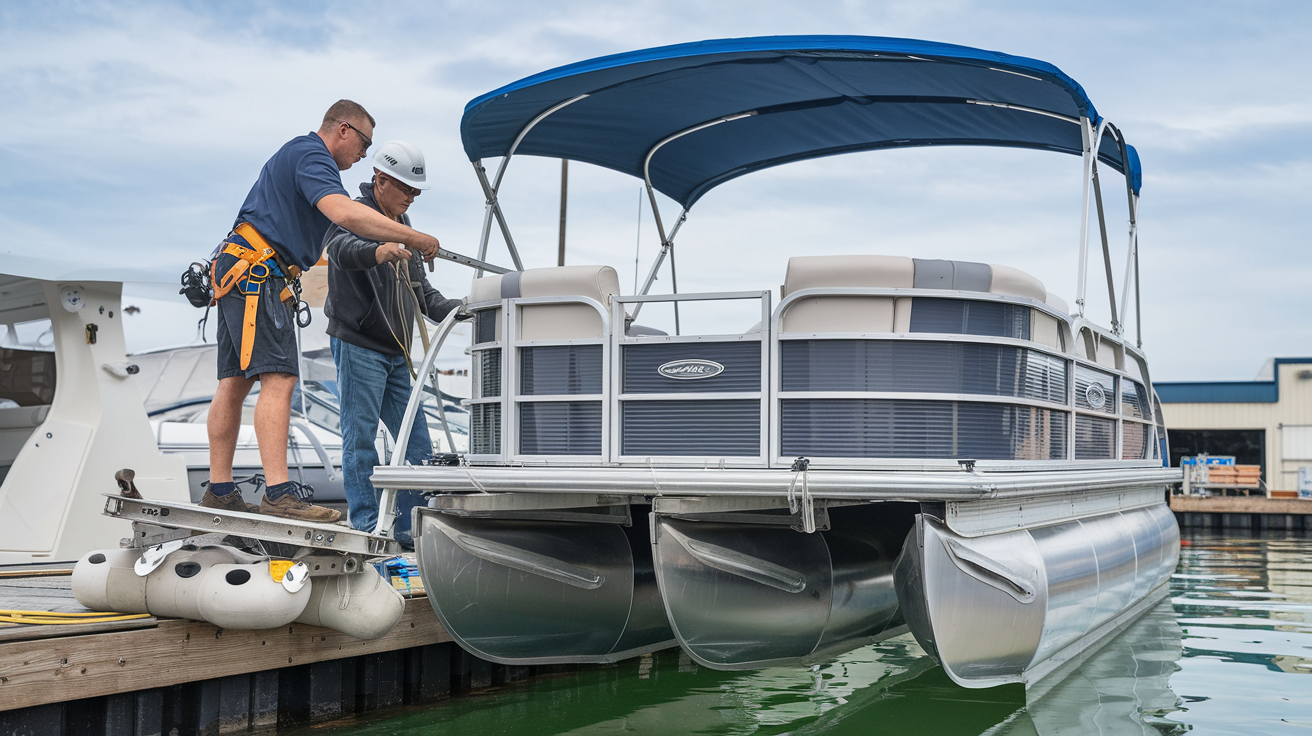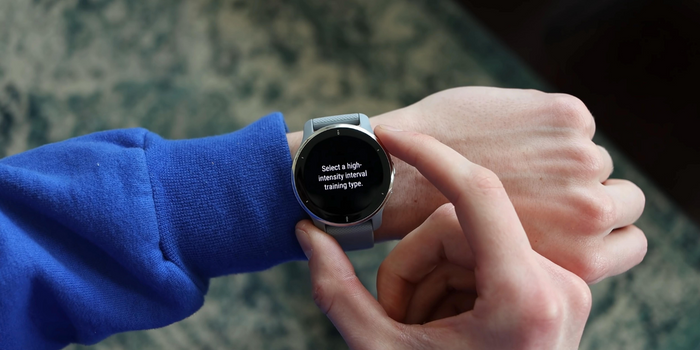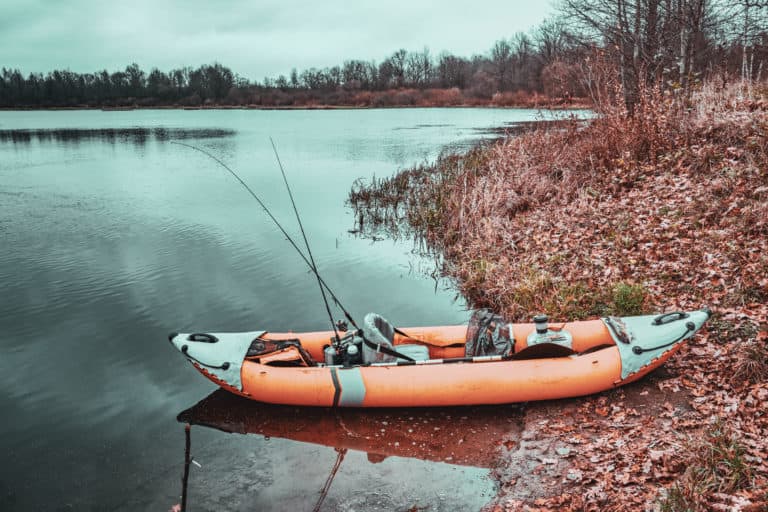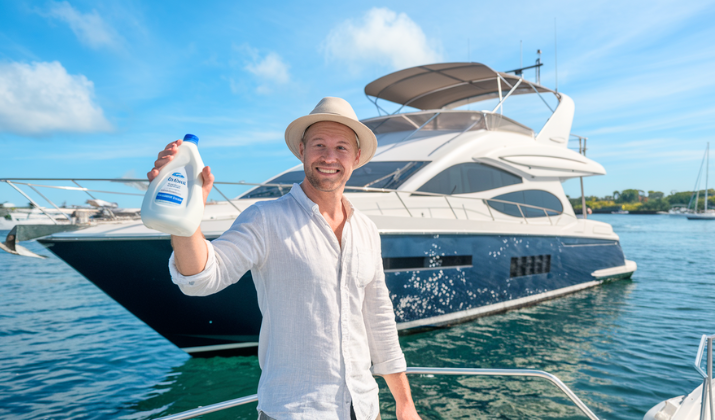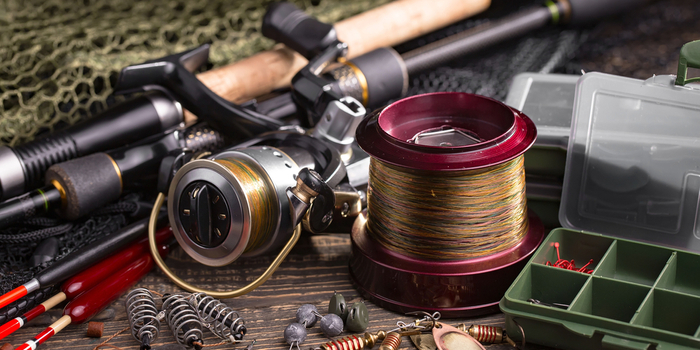Pontoon boats offer the perfect platform for relaxing days on the water with family and friends.
The stable, spacious design makes them ideal for everything from fishing expeditions to sunset cruises.
However, like any watercraft, pontoons require proper safety equipment to ensure everyone aboard stays safe and sound.
If you’re new to pontoon boating, or planning for the weekend adventure, having the right safety gear can make the difference between a memorable day and a dangerous situation.
Here are the five essential safety items every pontoon boat should have before leaving the dock.
Check Out: Kayaking Safety Tips For Beginners
1. Life Jackets for Everyone (Plus Extras)
Life jackets are not just recommended—they’re legally required. The Coast Guard mandates that every boat must carry one properly fitted, Coast Guard-approved life jacket for each person on board. For pontoon boats, this means having enough for your maximum passenger capacity, not just those currently aboard.
What to Look For:
- Coast Guard approval (look for the official stamp)
- Proper fit for each passenger’s weight and chest size
- Type II or Type III personal flotation devices (PFDs) work best for pontoon boating
- Bright colors for visibility
- Comfortable design that passengers will actually wear
Pro Tip: Keep a few extra life jackets in various sizes for unexpected guests. Children’s life jackets should be checked regularly as kids outgrow them quickly. Consider investing in inflatable life jackets for adults—they’re more comfortable to wear and won’t discourage passengers from putting them on.
Check Out: Kayaking In The Rain – Safety Concerns
2. Marine Fire Extinguisher
Boats present unique fire risks due to fuel, electrical systems, and cooking equipment. A marine-grade fire extinguisher is essential safety equipment that could save your vessel and lives.
Requirements:
- Coast Guard-approved marine fire extinguisher
- Properly mounted and easily accessible
- Regular inspection and maintenance
- Appropriate size for your boat (check Coast Guard requirements based on boat length)
Key Features:
- Corrosion-resistant construction designed for marine environments
- ABC-rated to handle multiple fire types (ordinary combustibles, flammable liquids, and electrical fires)
- Easy-to-read gauge showing charge level
- Mounting bracket to prevent movement during rough conditions
Remember to inspect your fire extinguisher monthly and have it serviced annually. A fire extinguisher that doesn’t work when you need it is worse than having none at all.
Check Out: Pontoon Boats Must-Have Items
3. Sound Signaling Device
Communication is crucial on the water, especially during emergencies or low-visibility conditions. Sound signaling devices help you alert other boats to your presence and call for help when needed.
Options Include:
- Air horn (most popular choice for pontoons)
- Whistle (backup option)
- Electric horn
- Bell (for boats over 39 feet)
Why You Need It:
- Required by Coast Guard regulations
- Essential for fog or low-visibility navigation
- Helps prevent collisions
- Signals distress or emergency situations
- Communicates with other vessels and marinas
Choose a device that’s loud enough to be heard over engine noise and wind. Air horns are particularly effective because they’re loud, portable, and don’t require electrical power. Keep a backup whistle as well—it never runs out of “fuel” and works even when wet.
Explore: Most Expensive Pontoon Boats
Proper lighting isn’t just about seeing where you’re going, it’s about being seen by other vessels. Navigation lights are legally required for all boats operating between sunset and sunrise or during periods of reduced visibility.
Essential Lights for Pontoons:
- Red and green sidelights (port and starboard)
- White stern light
- White masthead light (for boats over 39 feet)
- All-around white light (acceptable for boats under 39 feet)
Important Considerations:
- LED lights are more efficient and last longer
- Ensure lights are properly wired and functioning
- Carry spare bulbs if not using LED
- Test all lights before each evening trip
- Keep lights clean for maximum visibility
Many newer pontoons come with navigation lights pre-installed, but older boats may need retrofitting. Don’t wait until your first night cruise to discover your lights aren’t working properly.
Explore: Pontoon Boats Restoration Ideas
5. Emergency Communication Device
When you’re on the water, your cell phone might not have signal, and even if it does, emergency responders need to know exactly where you are. An emergency communication device can be a lifesaver in serious situations.
Options to Consider:
- VHF marine radio (most recommended)
- Emergency Position Indicating Radio Beacon (EPIRB)
- Personal Locator Beacon (PLB)
- Satellite communicator
- Marine flares (visual distress signals)
VHF Radio Benefits:
- Direct communication with Coast Guard and other vessels
- Weather updates and emergency broadcasts
- Range typically 5-20 miles depending on conditions
- Internationally recognized distress frequency (Channel 16)
- Many models include GPS integration
Visual Distress Signals: For daytime use, orange smoke signals are highly effective. For nighttime, red flares provide excellent visibility. Boats over 16 feet are required to carry Coast Guard-approved visual distress signals.
Check Out: Best Luxury Pontoon Boats
Bonus Safety Tips
Though these are some of the most essential safety items for a pontoon boat trip, try and see if you could also carry the following items along. You never know when you need one. It’s better to be safe than sorry.
- First Aid Kit: Marine-specific first aid kits are designed to handle common boating injuries and are protected against moisture.
- Anchor and Line: While not always considered safety gear, a properly sized anchor can prevent your boat from drifting into dangerous areas during mechanical problems.
- Tool Kit: Basic tools for minor repairs can prevent small problems from becoming major emergencies.
- Weather Radio: Stay informed about changing weather conditions that could affect your safety.
- Throwable Flotation Device: Required for boats over 16 feet, these can help rescue someone who falls overboard.
Explore: Pontoon Boat Hacks For Beginners
Before You Leave the Dock
Safety equipment is only effective when it’s properly maintained and everyone knows how to use it. Before each trip:
- Check that all safety equipment is present and functioning
- Ensure life jackets fit properly and are easily accessible
- Test navigation lights and communication devices
- Review emergency procedures with all passengers
- Check weather conditions and water levels
- File a float plan with someone on shore
Explore: Pontoon Boat Brands To Avoid
Conclusion
By equipping your vessel with these five essential safety items, you’re not just following regulations, you’re protecting what matters most, the safety of everyone aboard.
Spending on safety equipment isn’t a wasted expense. The small cost of proper safety gear pales in comparison to the potential consequences of being unprepared in an emergency.
Before your next pontoon adventure, take inventory of your safety equipment and make sure you’re ready for whatever the water might bring.

